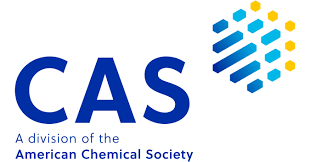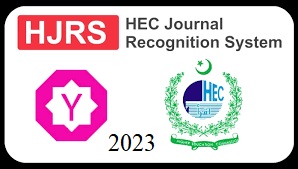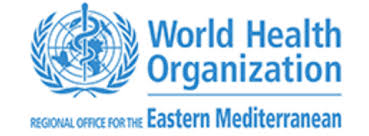Improving paclitaxel delivery: Liposomal encapsulation for enhanced solubility, stability and targeted therapy
Keywords:
Breast Cancer, Paclitaxel, Targeted drug delivery, LiposomesAbstract
Background: Paclitaxel, a potent anti-neoplastic agent, finds application in treating various malignancies like breast, ovarian, lung, and pancreatic cancers. However, paclitaxel's hydrophobicity renders it poorly soluble in water, hindering its therapeutic efficacy. Originally isolated from the Pacific Yew tree (Taxus brevifolia) in the 1960s, it has become a cornerstone of cancer treatment. Liposomes offer a promising strategy to address paclitaxel's solubility limitations. These microscopic vesicles, composed of lipid bilayers, have the potential to improve drug antitumor efficacy. Objectives: This study investigated the potential of liposomal encapsulation to: Improve the solubility and stability of paclitaxel, enable targeted delivery for a more precise therapeutic approach, potentially enhancing paclitaxel's therapeutic index. Methods: Five liposomal encapsulation of paclitaxel was achieved using the thin film hydration method with a rotary evaporator. Pre-formulation studies were conducted to assess paclitaxel's suitability for liposomal formulation. These included physical examination, melting point determination, solubility analysis and UV-visible spectral analysis for determining the absorbance maximum. Additionally, Differential Scanning Calorimetry (DSC) was employed to evaluate compatibility between the drug and excipients. Results: The liposomes had a mean particle size of 92.4±0.238 nm, an entrapment efficiency of 87.2±0.504 and acceptable drug loading of 7.654±0.49. The liposome is best stored at 40 C and has melting point of 2160 C. The solubility analysis is carried through UV spectrophotometer. The in vitro dissolution of formulation is carries out with help of dd solver and kinetic parameters were employed namely zero order, first order, Higuchi and Korsmeyer Pappas were employed. The Korsmeyer-Peppas is best fit and n values around 0.6. The stability analysis was carried with DSC which shows to be compatible with polymers below 1000 C and degradation above 1000 C. Conclusion: Liposomal formulations hold significant promise in cancer therapy due to their biocompatibility and low toxicity profile.
Downloads
Published
How to Cite
Issue
Section
License
Copyright (c) 2024 Muhammad Awais Shahid, Muhammad Afzal Hussain Khan, Muhammad Wazhi, Talib Hussain, Muhammad Javed, Muhammad Fraz, Saba Ali

This work is licensed under a Creative Commons Attribution 4.0 International License.









